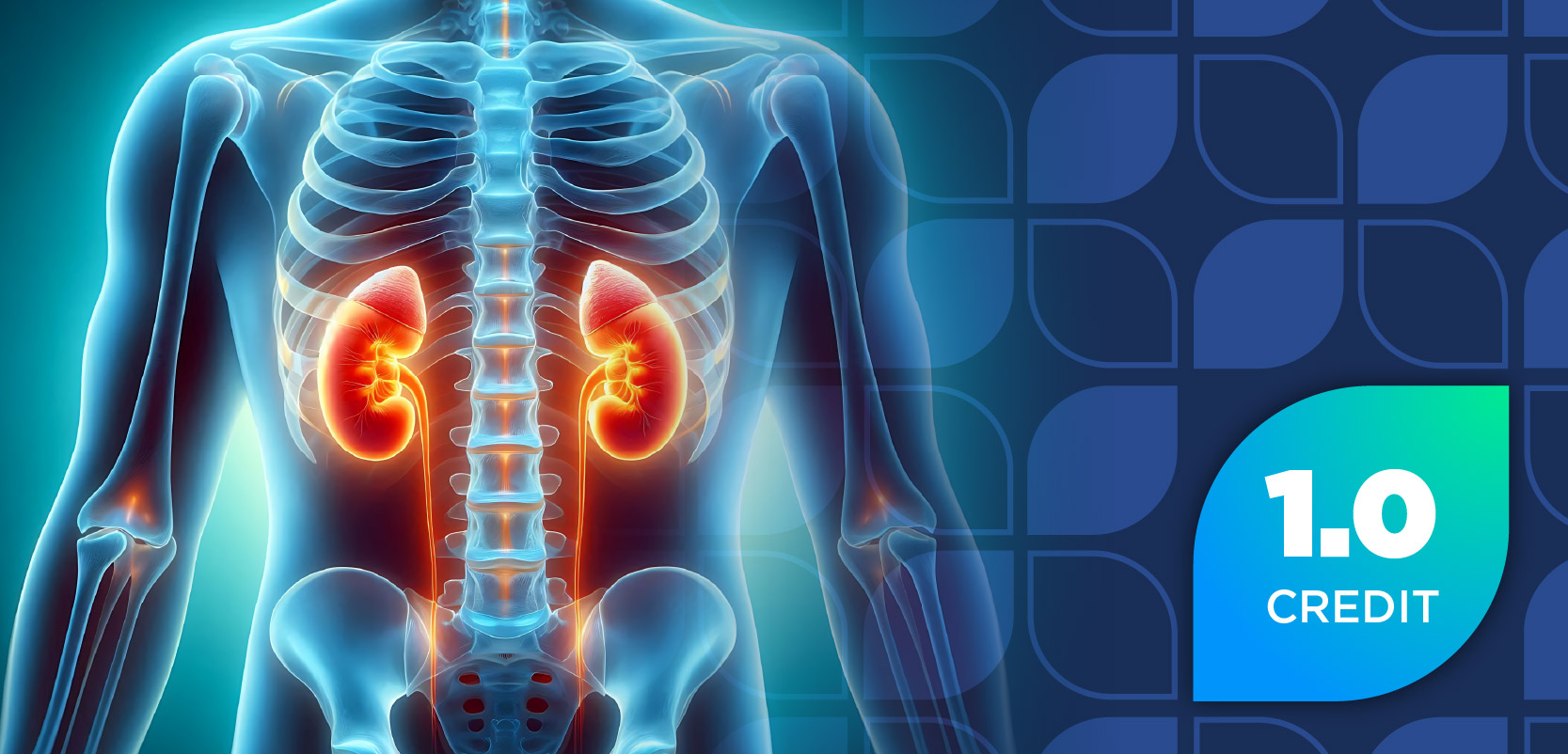- July 2025
- Volume 91
- Issue 7
FDA Moving to Nonanimal Testing Methodologies in Preclinical Research
The plan first addresses monoclonal antibodies but could eventually be applied to all compounds seeking FDA approval.
Historically, the FDA has required preclinical testing in animals to obtain safety and efficacy data for investigational new drugs (INDs) before they can begin clinical testing in humans.1 The FDA provisions in the Consolidated Appropriations Act of 2023 allow IND applicants to use other methods besides animal testing to establish a drug’s safety and efficacy.2 In April 2025, the FDA announced its plan to phase out the animal testing requirements and require new approach methodologies (NAMs) in early research to streamline which treatments will be safe and effective in humans, reduce drug development costs and timelines, and reduce testing in animals.3 More simply, the FDA is moving preclinical testing from in vivo animal models to in silico and in vitro methods.
The FDA’s plan first addresses monoclonal antibodies (mAbs) but eventually could be applied to all compounds seeking FDA approval. Animals can be inaccurate testing models for human treatments, especially for disease states involving a human immune response, such as in cancer. The rate of successful translation of animal to human data is as little as 8%.4 Testing also causes stress on the animals, leading to increased immune or biological responses and confounding disease data outcomes.5 Interspecies variations can cause an immune response in animals to human mAbs, which further confounds the research.
The FDA plan seeks to leverage existing new technology in drug development. NAMs include cell-based assays, organ chips, microphysiological systems, and sophisticated computation modeling (in silico).6
Technology examples include organ-on-chip (OOC), which is a self-organizing cell culture that incorporates physiological systems to emulate single- or multiorgan networks. OOCs can be used to study how a compound would interact with an organ system. For instance, research on a human liver chip predicted hepatotoxic compounds leading to drug-induced liver injury with 87% selectivity and 100% specificity.7
Preclinical studies can be augmented by in silico studies using computational models, artificial intelligence (AI), and other machine learning to predict pharmacokinetic and pharmacodynamic properties of compounds. Models can predict absorption, distribution, metabolism, and excretion of a drug, and AI models can be used to predict immunogenicity and any on- and off-target effects.
Other NAMs include utilizing organ donation and tissue preservation for ex vivo testing or transgenic animal testing to better predict safety and efficacy in humans. Combinational approaches can also be utilized.
The FDA is now encouraging the submission of NAM data along with animal data and is incentivizing this by reducing the duration or types of animal data needed if accompanied by NAMs. The goal over the next 5 years is to shift from animal testing being a requirement to being an exception.3,6
To effectively implement these changes, the FDA will collaborate with key stakeholders to develop clear and reproducible guidelines for appropriate use and ensure the rigor and continuity of the standards currently in place for drug development.3,6
REFERENCES
FDA drug approval process infographic (horizontal). FDA. Updated February 26, 2016. Accessed June 19, 2025. https://www.fda.gov/drugs/information-consumers-and-patients-drugs/fda-drug-approval-process-infographic-horizontal
Consolidated Appropriations Act of 2023, HR 2617, 117th Cong (2023). Accessed June 23, 2025. https://www.congress.gov/bill/117th-congress/house-bill/2617
FDA announces plan to phase out animal testing requirements for monoclonal antibodies and other drugs. News release. FDA. April 10, 2025. Accessed June 19, 2025. https://www.fda.gov/news-events/press-announcements/fda-announces-plan-phase-out-animal-testing-requirement-monoclonal-antibodies-and-other-drugs
Mak IW, Evaniew N, Ghert M. Lost in translation: animal models and clinical trials in cancer treatment. Am J Transl Res. 2014;6(2):114-118.
Bailey J. Does the stress of laboratory life and experimentation on animals adversely affect research data? a critical review. Altern Lab Anim. 2018;46(5):291-305. doi:10.1177/026119291804600501
Roadmap to reducing animal testing in preclinical safety studies. FDA. Accessed June 19, 2025. https://www.fda.gov/media/186092/download?attachment
Ewart L, Apostolou A, Briggs SA, et al. Performance assessment and economic analysis of a human Liver-Chip for predictive toxicology. Commun Med (Lond). 2022;2(1):154. doi:10.1038/s43856-022-00209-1
Articles in this issue
5 months ago
Product News for July 20255 months ago
Pharmacy Policy Updates for July 20255 months ago
OTC Case Studies: Family Planning5 months ago
Invest a Few Minutes in Inhaler CounselingNewsletter
Stay informed on drug updates, treatment guidelines, and pharmacy practice trends—subscribe to Pharmacy Times for weekly clinical insights.



















































































































































































































